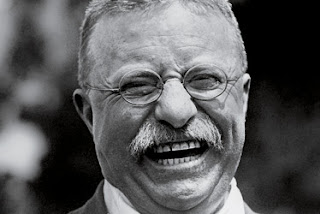From the University Missourian, Columbia, MO., January 3, 1911
RAISE $500 TO MARK SITE OF LONE TREE
Nebraskans Would Perpetuate Memory of Oregon Trail Landmark
MOVEMENT IS NATIONAL
Pioneer’s Retracing of Old Highway Results in Congressional Bill
Lincoln, Neb.—The county commissioners of Merrick county have recently decided to raise $500 to mark the site of the “Old Lone Tree,” that famous landmark of the old Oregon trail, near the site of Central City, Neb. This tree was a huge cottonwood, remarkable not only for its size, but for the fact that it was the only tree on the north side of the Platte in any direction. The grateful shade of the “Old Lone Tree” made this spot a favorite resting place for the occupants of the white-topped prairie schooners traversing the dusty plains. This action in Merrick county is another indication of the rising tide of interest in marking the historic spots of the west. Nebraska has already begun to take its place among those states which have already marked the famous historic sites within their borders.
Was Much Used Route.
During the years that followed the finding of the Oregon trail pathway to the northwest, traders, trappers, goldseekers, soldiers, missionaries and colonists plodded over the long road by hundreds and thousands. Along it, surged for years the advance tide of a nation’s traffic, but with the building of the railroads the old highway, no longer used, became obliterated, and in a few short years its very whereabouts will be forgotten and its course a subject of unending disputes.
Four years ago, an old man of more than eighty years began a movement for permanently marking the route of the Oregon trail, and since that time the matter has grown into a national affair.
This old man was named Ezra Meeker, well-known to many Nebraskans, who have been interested in the work and hopeful of its results. He started from his home in Payallup, Washington, in January, 1906, and retraced, in a prairie schooner drawn by a yoke of oxen, the journey that he had made from the Missouri river over the Oregon Trail in 1852. He spent a year on the road. Everywhere he stopped and urged the people whose fathers and grandfathers had followed the Oregon Trail as pioneers, to erect monuments and markers so that all memory of the greatest historic highway in the world might not be lost in oblivion. When he reached Independence, Mo., he did not end his journey there, but, still driving his oxen, and his quaint old-fashioned wagon, part of which passed over the long road so many years before, he slowly marked his way on to Washington, D.C., to place his plan before congress.










